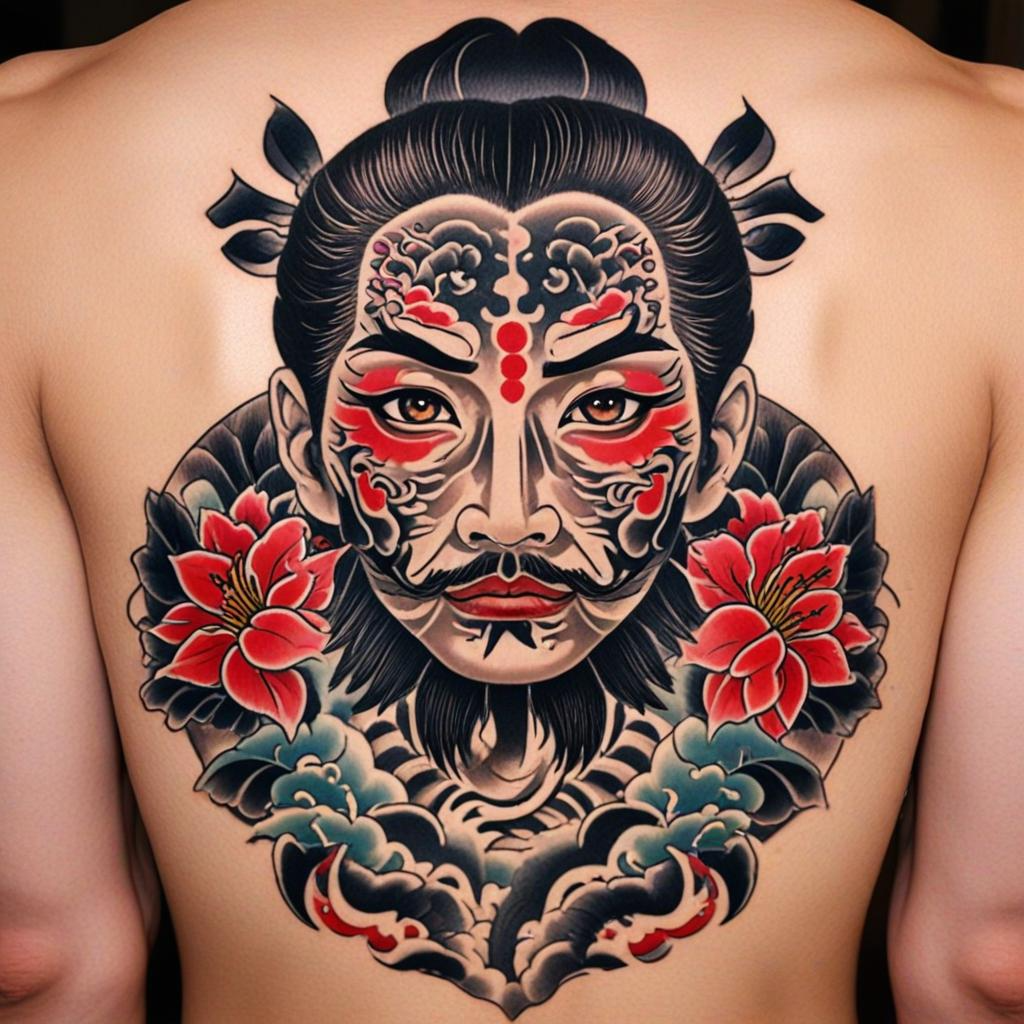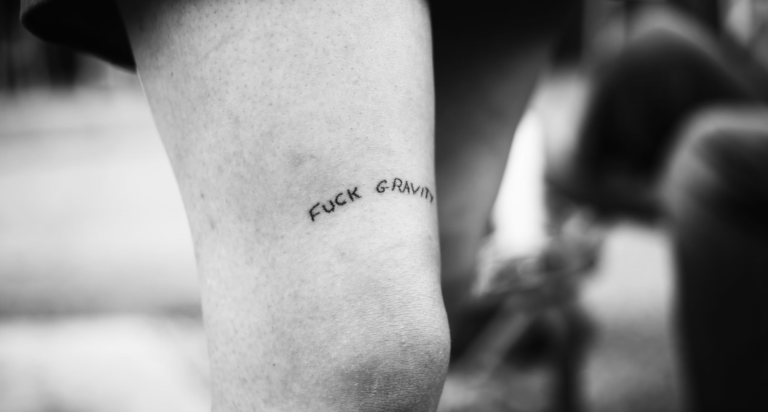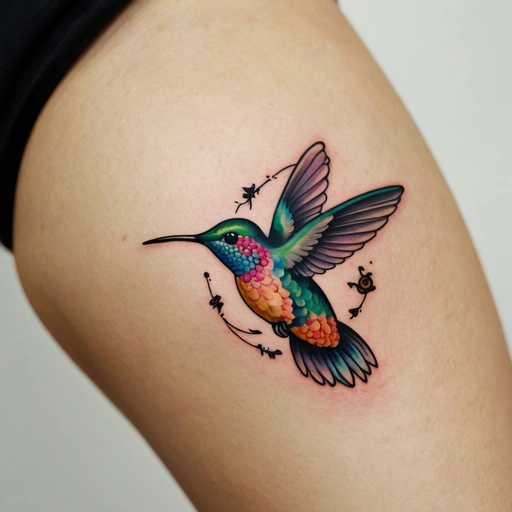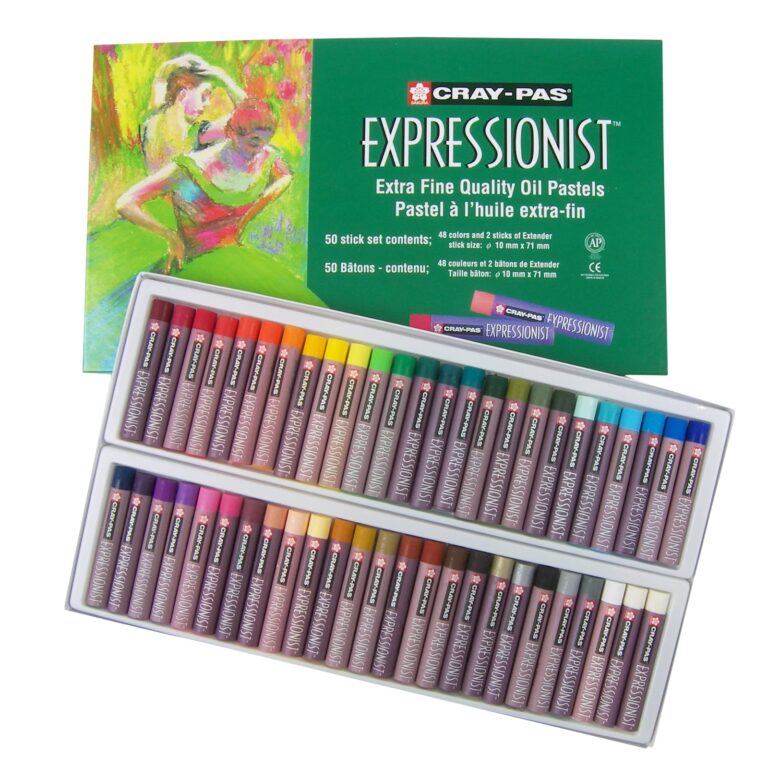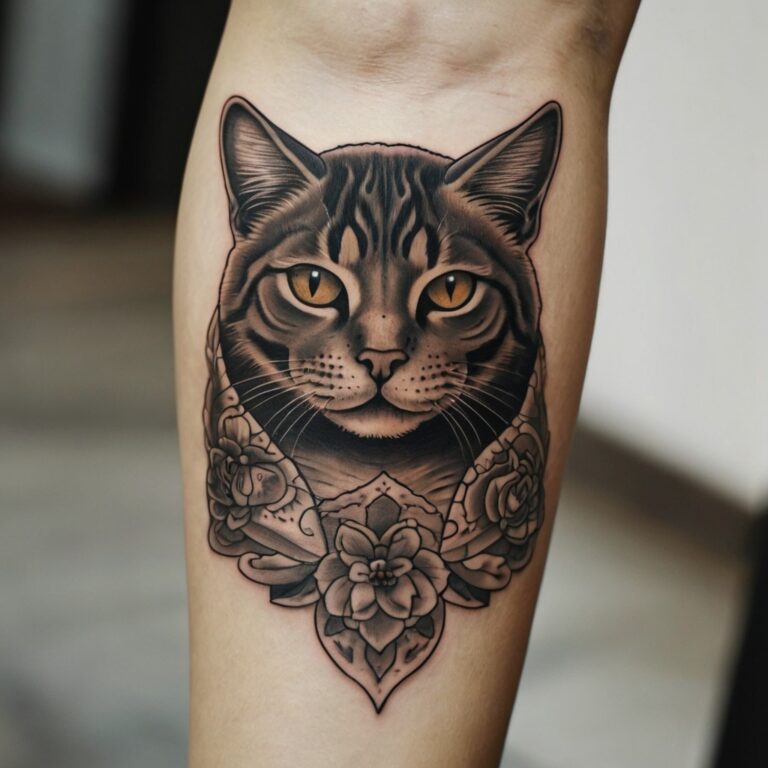Diving into the world of traditional Japanese tattoos, you’re stepping into a realm rich with history, symbolism, and artistry. Known as Irezumi, these tattoos aren’t just body art; they’re a legacy, carrying deep meanings and stories that date back centuries. They’ve evolved, yet they’ve retained their mystical allure and cultural significance.
Imagine intricate designs of dragons, koi fish, and cherry blossoms adorning the skin, each symbol packed with its own unique story and symbolism. Traditional Japanese tattoos are a testament to the skill and dedication of the artists who create them, as well as the individuals who wear them. Whether you’re a tattoo enthusiast or simply intrigued by Japanese culture, understanding the depth and beauty of Irezumi opens up a new perspective on the art of tattooing.
Key Takeaways
- Traditional Japanese tattoos, known as Irezumi, are rich in history, symbolizing deep meanings and stories that date back to the Jomon period, showcasing the art’s evolution from status symbols and punishments to intricate art forms during the Edo period.
- Irezumi carries profound symbolism, with elements like dragons representing wisdom and strength, koi fish signifying perseverance and transformation, and cherry blossoms illustrating the fleeting nature of life, emphasizing the personal and universal narratives intertwined with these symbols.
- Despite a significant ban during the Meiji period, which associated Irezumi with the Yakuza and pushed the art form underground, it has witnessed a global resurgence, celebrated for its beauty, complexity, and cultural significance.
- The artistry of traditional Japanese tattoos prioritizes harmonious design with meticulous attention to line work, color palette, shading, and texture, making each piece a personalized narrative that aligns with the wearer’s body and identity.
- Understanding the cultural significance of Irezumi offers insight into its role as a form of expression among marginalized groups, and its evolution into a celebrated art form reflects changing perceptions towards tattoos, embodying resilience and creativity.
A Brief History of Traditional Japanese Tattoos
Traditional Japanese tattoos, or Irezumi, carry a legacy that remains unmatched in the tattooing world. This form of body art traces back to the Jomon period (about 10,000 BCE to 300 CE), where clay figures with engraved patterns believed to mimic tattoos were discovered. But it’s during the Edo period (1603–1868) that Irezumi began to flourish, intertwining with the culture in a profound way.
Originally, tattoos in Japan were symbols of status and bravery, used by the Ainu people (indigenous to Japan) to signify social status and by the Japanese as a form of punishment akin to branding criminals. However, in the Edo period, tattoos evolved into an intricate form of art. Influenced heavily by the popular ukiyo-e woodblock prints of that era, Irezumi started featuring elaborate designs of folklore heroes, beautiful geishas, and mythical creatures.
- Symbols and Meanings: Each tattoo in Irezumi carries deep meanings. For instance, a koi fish represents perseverance, a dragon symbolizes strength and wisdom, and cherry blossoms indicate the fleeting nature of life.
- The Ban and Resurgence: Despite its deep cultural roots, Irezumi faced a significant ban during the Meiji period (1868–1912) as the government aimed to “modernize” Japan in the eyes of the Western world. This led to a strong association of tattoos with the Yakuza, Japan’s organized crime syndicates. Yet, the art form survived underground, thanks to dedicated masters preserving the traditional techniques and meanings.
Today, traditional Japanese tattoos are celebrated worldwide, respected for their beauty, complexity, and historical depth. The mastery required to create Irezumi is a testament to the dedication of the tattoo artists who keep this ancient tradition alive. As you delve deeper into traditional Japanese tattoos, you’ll find not only captivating art but a unique lens through which to view Japan’s rich history and cultural ideologies.
Symbolism in Traditional Japanese Tattoos
When diving into the world of traditional Japanese tattoos, you’ll quickly realize that each design is more than just a work of art; it’s a dense tapestry of symbolism and meaning. Irezumi, as it’s known, weaves a complex narrative through its imagery, where each element is steeped in historical significance and cultural nuance.
Dragons, for instance, are a staple in Irezumi. They symbolize wisdom, strength, and the power to protect. The imagery of a dragon winding around the arm or back isn’t just an aesthetic choice—it’s an embodiment of the wearer’s inner strength and resolve.
Another iconic design is the Koi fish, which represents perseverance in adversity. The legend goes that a koi swimming upstream transforms into a dragon upon reaching the top, reflecting a journey of transformation and self-improvement. Having a Koi tattoo is like wearing your personal struggles and victories on your skin.
The Cherry Blossom, or Sakura, is equally significant. These delicate flowers are a poignant reminder of the fleeting nature of life, echoing the samurai’s awareness and acceptance of their mortality. The beauty of the sakura lies in its brief bloom, urging the wearer to embrace the present.
- Dragons: Wisdom, Strength, Protection
- Koi Fish: Perseverance, Transformation
- Cherry Blossom: The fleeting nature of life, embracing the moment
Yet, Irezumi is not limited to these. Samurais, tigers, and phoenixes also populate this rich tapestry, each adding layers of meaning—be it valor, courage, or rebirth. The intricate interplay of these symbols across the skin creates a narrative that is both personal and universal, carving out a space where art and identity converge. Understanding the profound meanings behind these tattoos enriches not only the wearer’s connection to their art but also the onlooker’s appreciation for this ancient practice.
Traditional Japanese Tattoo Designs and Their Meanings
When you explore the world of traditional Japanese tattoos, you’ll find an array of designs, each with its own profound meaning. Irezumi is not just about the aesthetic; it’s a deep dive into cultural stories and personal achievements.
Dragons, revered in Japanese folklore, symbolize wisdom, strength, and protection. Integrating a dragon into your Irezumi means you’re embodying its powers, ready to face life’s challenges with the same grace and bravery. The dragon’s serpentine body weaves through clouds and waves, illustrating life’s unpredictable journey but assuring protection and guidance throughout.
Koi fish tattoos stand for perseverance and personal transformation. This design often depicts the koi swimming upstream, battling the currents, mirroring the struggles one faces in life. When you choose a koi fish tattoo, you’re embracing resilience, showcasing your willingness to overcome obstacles for personal growth.
Cherry blossoms, or Sakura, remind us of the ephemeral nature of life. These delicate pink flowers bloom brilliantly but only for a short time before falling. A cherry blossom tattoo symbolizes life’s fleeting beauty, encouraging you to live in the moment and appreciate the now.
| Symbol | Meaning |
|---|---|
| Dragon | Wisdom, Strength, Protection |
| Koi Fish | Perseverance, Transformation |
| Cherry Blossom | Fleeting Nature of Life |
Other symbols like the Samurai, representing honor and discipline, Tigers, signaling courage and protection, and Phoenixes, denoting rebirth and immortality, also populate the rich tapestry of traditional Japanese tattoos.
By understanding these meanings, you don’t just see a tattoo; you glimpse into the wearer’s soul or the story they wish to convey. It’s a unique way of wearing one’s heart on one’s sleeve, quite literally, through intricately designed Irezumi.
The Artistry of Traditional Japanese Tattoos
When you explore traditional Japanese tattoos, or Irezumi, you’re delving into a world where every line, color, and symbol holds profound significance. The artistry of these tattoos is deeply rooted in Japan’s history and culture, showcasing a blend of aesthetic beauty and symbolic depth. Irezumi artists dedicate years to mastering their craft, learning to imbue each piece with both personal and cultural narratives.
The composition of traditional Japanese tattoos is a meticulous process. Artists consider the body as a canvas, where tattoos are positioned to flow seamlessly with the body’s contours and movements. This harmonious design principle ensures Irezumi not only enhances the wearer’s beauty but also tells a story that intertwines with their physique uniquely.
Critical Elements of Design
- Line Work: The precision of the tattoo’s outlines is fundamental, as these define the clarity and sharpness of the overall design.
- Color Palette: Traditional Irezumi features a distinct palette, including indigo blues, vibrant reds, and deep blacks, each contributing to the dynamic visuals of the tattoo.
- Shading and Texture: Techniques in shading and adding texture bring life to the images, showcasing details like the scales of a koi fish or the petals of a cherry blossom.
Symbolism Plays a Central Role
In Irezumi, every element—from dragons twisting along the arm to delicate cherry blossoms adorning the back—tells a part of the wearer’s story or aspirations. The choice of motifs is as much about personal expression as it is about adhering to the rich symbolism established through centuries. For example, incorporating a dragon might signal the wearer’s quest for wisdom, while a koi fish swimming upstream symbolizes relentless perseverance against adversity.
As you consider embarking on your journey towards acquiring a traditional Japanese tattoo, understand that you’re not just choosing an artwork to adorn your skin. You’re selecting a piece of history, an embodiment of strength, perseverance, wisdom, and the transient nature of existence, masterfully woven into designs that resonate both personally and culturally.
Cultural Significance of Traditional Japanese Tattoos
Delving into the cultural significance of traditional Japanese tattoos, often referred to as Irezumi, you’ll find a world where every mark tells a story, and every image exemplifies a deep-seated narrative. It’s not just about aesthetics; it’s about a profound connection to the cultural identity and history of Japan.
Irezumi carries a weight of meaning that transcends the visual. Historically, these tattoos were a form of expression for the marginalized and a symbol of courage and status among the firemen, laborers, and later, the Yakuza. Each tattoo, with its complex imagery and symbolism, served as a testament to the wearer’s life, beliefs, and virtues.
- Dragons: Often embody wisdom, strength, and the power to ward off evil spirits.
- Koi Fish: Represent perseverance and are believed to bring good fortune and success.
- Cherry Blossoms: Symbolize the beauty and ephemerality of life, reminding the wearer of the fleeting nature of existence.
In the present day, the allure of traditional Japanese tattoos lies in their ability to blend artistry with personal and cultural narratives. For many, wearing these tattoos is akin to wearing one’s heart on their sleeve—each element chosen not only for its aesthetic appeal but for the deeper meaning it represents.
The evolution of Irezumi from a form of social ostracism to a celebrated art form worldwide is indicative of the changing perceptions towards tattoos. While the motifs and technologies have evolved, the essence of Irezumi remains unchanged. It’s about more than just decorating the body. It’s about carrying a piece of a rich cultural history and making it a part of your story.
In embracing Irezumi, you’re not just choosing a tattoo. You’re honoring a tradition that has survived centuries, a tradition that speaks to the resilience, creativity, and depth of the human spirit. Each tattoo is a narrative, interwoven with the threads of both personal and historical identity, creating a tapestry that is as unique as the individual who bears it.
Conclusion
Embracing traditional Japanese tattoos is more than just a fashion statement; it’s a deep dive into a rich cultural tapestry. As you’ve seen, Irezumi isn’t merely skin deep – it’s a vibrant narrative of history, symbolism, and personal identity. By choosing to carry these intricate designs, you’re not just decorating your body. You’re honoring an ancient art form that has withstood the test of time, defied bans, and emerged as a global phenomenon. Whether it’s the wisdom of a dragon or the perseverance of a koi fish that speaks to you, each motif weaves into the larger story of your life, adding depth and meaning. So, as you consider your next piece, remember you’re not just selecting a tattoo. You’re embracing a legacy, making Irezumi a part of your story, and carrying a piece of Japan’s rich cultural history with you.
Frequently Asked Questions
What is the historical origin of traditional Japanese tattoos?
Traditional Japanese tattoos, or Irezumi, have roots reaching back to the Jomon period and became particularly prominent during the Edo period. Originally symbols of status or punishment, they evolved into complex art forms with rich meanings.
How did Irezumi evolve over time?
Irezumi evolved from simple symbols of status or punishment into intricate artworks under the influence of ukiyo-e woodblock prints. This evolution transformed Irezumi into a deep expression of various themes, such as perseverance and the fleeting nature of life.
Why were traditional Japanese tattoos banned during the Meiji period?
Traditional Japanese tattoos were banned during the Meiji period as part of a broader effort to modernize Japan by eliminating practices seen as backward or barbaric, including the deeply cultural art of Irezumi, to align with Western standards.
What are the common motifs and their meanings in Irezumi?
In Irezumi, dragons symbolize wisdom and strength, koi fish represent perseverance in adversity, and cherry blossoms signify the ephemerality of life. Each motif in traditional Japanese tattoos carries specific, culturally significant meanings.
How is Irezumi perceived in modern times?
Today, traditional Japanese tattoos are celebrated around the world for their beauty, complexity, and historical significance. Despite past stigmatization, especially their association with the Yakuza, Irezumi has gained international recognition as a revered art form.
What does wearing a traditional Japanese tattoo symbolize?
Wearing a traditional Japanese tattoo goes beyond aesthetics; it signifies a profound connection to the cultural identity and history of Japan. It’s a way of honoring a centuries-old tradition and carrying a piece of rich cultural history as part of one’s own story.

